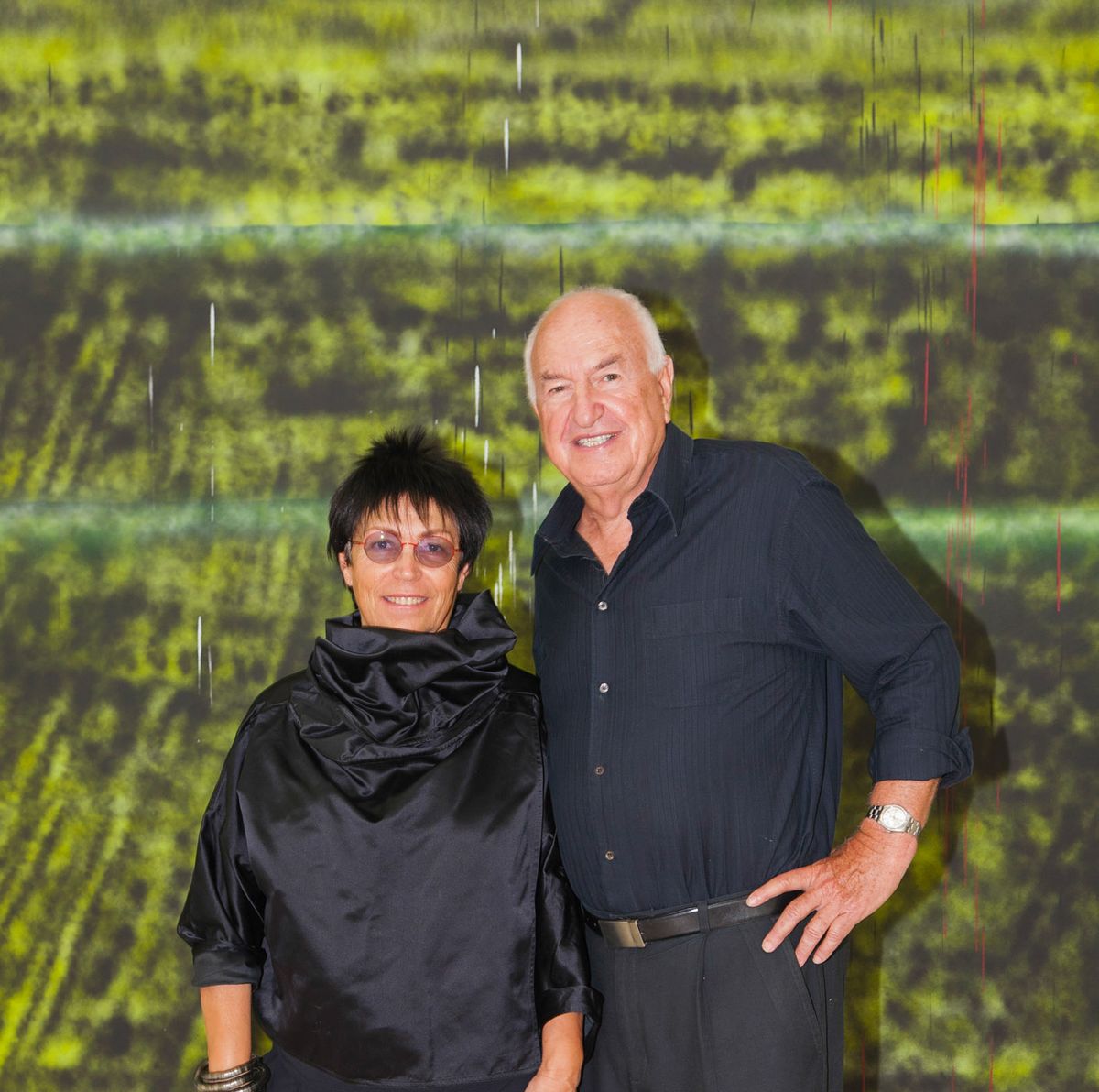"I Know how these interviews end up,” says Mera Rubell, one half of the collecting couple—with her husband, Don—behind the Miami-based Rubell Family Collection, one of the largest private museums in the US. “It’s just going to get boiled down to a single sound bite. But to boil it down to one answer is difficult. I don’t have a pre-recorded message to give you; I never do.” This is less a challenge than an observation: the former teacher’s resistance to pat solutions, and her willingness to get into the guts of an issue, are two traits that distinguish the family’s 7,500-piece collection of contemporary art, housed in a 45,000 sq. ft former warehouse in the Wynwood arts district. Almost all of the works are by living artists, a specialism born of financial necessity that has since become an animating force. In addition to annual thematic exhibitions during Art Basel in Miami Beach, the couple host an artist residency—and by this time in 2019, the collection will have more than doubled its footprint with a new building designed by the architect Annabelle Selldorf.
The Art Newspaper: How did you first get into collecting?
Mera Rubell: It was the 1960s, in New York. Our collecting was a result of our life. We lived in Chelsea, we walked the neighbourhood, we fell into some artists’ studios, and the rest is history. I mean, I was earning $100 a week as a teacher. But we managed to figure it out. We realised that artists were very willing to work with us on a payment plan. I think the more interesting question is, when did we even consider ourselves collectors? It took a long time. It was just us meeting interesting people.
What was the first work you bought for your collection?
No one whom the world knows. A drawing here, a painting here. We never fell into Robert Rauschenberg, we never fell into Jasper Johns. And besides, Johns at that time was selling for $900, which was way above our budget.
What is your most recent purchase?
The latest would be a piece by Kaari Upson, whose work we’ve been collecting for—it’s hard to believe—maybe ten years. Did you see her show at the New Museum, in New York? Well, we bought that piece; the whole room.
What is your preferred way of buying art?
We look hard, we meet artists, we travel like crazy. This year, we have probably done half a million miles. We go wherever we think we need to be.
What is the most valuable piece in your collection?
That’s like asking a person who is their favourite child. Each one is unique, precious and deserves unconditional love, and that’s what I would say about the art.
If your house was on fire, which work would you save?
Honestly, I wouldn’t. We just had what we thought was going to be the mother of all hurricanes. I said to my staff: “I want to make sure you understand that as precious as all this work is, life is more important than any work of art. I don’t want you in any danger. So, if you’re thinking that you’re going to be there to protect the art, you won’t.”
Our most valuable piece? That’s like asking who’s your favourite child
If money was no object, what would be your dream purchase?
Our dream is to find compelling art. It’s usually something that shows our imagination and makes us feel love. It’s a dream we can shape. So we don’t need to sit around plotting how to buy something. I think we have a dream that’s achievable, let’s put it that way. If you’re open to young art, your dreams are achievable. If you’re chasing the future, you can be part of it.
Which work in your collection requires the most maintenance?
The piece by Anicka Yi in Still Human [Rubell Family Collection, until 25 August 2018] is an inflatable structure, so installing it is quite complicated. And the public has no idea how much effort it takes to install video, especially because we always try to follow the artist’s specifications. Right now, we’re trying to find a plush, pink carpet for one of our pieces by Alex Da Corte. You’d think it would be an easy task, but it’s not. Nor is it cheap to find just the right carpet.
Which artists would you invite to your dream dinner party?
Every one of them, and I think we have. They’re fascinating people. I would say especially those whose work is hanging in the dining room.
Is there a work that you regret not having bought?
There was a very tough piece by Cindy Sherman that was just really disturbing. I don’t recall the name; I think it was an old lady giving birth or something. I wish we hadn’t pulled away from that piece. But you know that when the work really disturbs you, you need to give it more thought.
What is the most surprising place you have displayed a work?
It’s always interesting to contemplate where to put Maurizio Cattelan’s all-too-lifelike homeless man. That and his pigeons. People come into the museum and think, what kind of place is this that they let pigeons fly around? Pigeons flying around in a museum doesn’t give you confidence, you know?
What’s the best advice you have been given?
[The late collector and advertising executive] Gene Schwartz told me: “If you can afford it, never walk away from a work that you believe is a masterpiece.”


